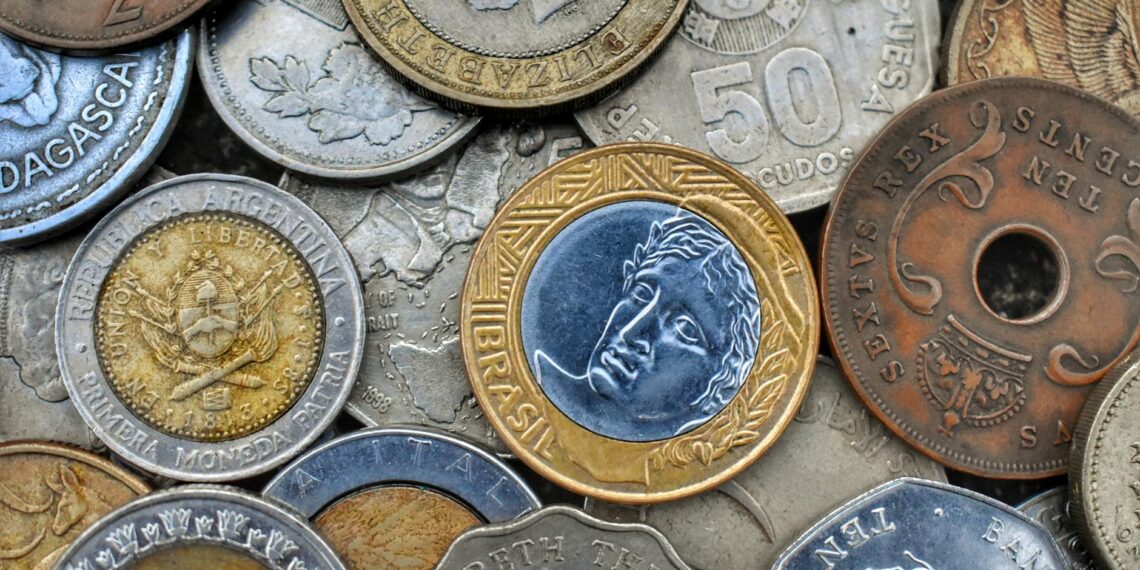The value of a 1776-1976 Bicentennial coin set can vary significantly depending on several key factors:
- Composition: Some sets contain clad coins (copper-nickel), while others contain 40% silver coins. The silver sets are naturally more valuable due to the precious metal content.
- Condition: Coins in uncirculated or proof condition with minimal wear or damage are more desirable to collectors and therefore command higher prices.
- Mint Mark: While most Bicentennial coins were minted in Philadelphia (no mint mark) or Denver (D mint mark), San Francisco (S mint mark) produced both clad and 40% silver proof coins. The “S” mint mark, particularly for the silver coins, indicates a higher value potential.
- Errors: Minting errors such as doubled dies, off-center strikes, or filled mint marks can drastically increase a coin’s value, sometimes reaching thousands of dollars for particularly rare and dramatic errors.
Here are some general price ranges for Bicentennial coin sets based on the research:
- Basic Clad Sets: If you have a circulated set of the standard copper-nickel clad coins (quarters, half-dollars, dollars), their value might not be much more than their face value ($0.25, $0.50, $1).
- Uncirculated or Proof Clad Sets: In excellent condition, these sets might fetch a few dollars to tens of dollars.
- 40% Silver Sets: These sets are significantly more valuable due to their silver content. Depending on the condition, you could expect to see prices from $40 to hundreds or even potentially over a thousand dollars for exceptionally well-preserved and rare examples.
Important Notes:
- Professional Grading: For potentially valuable sets, especially those with rare errors or in pristine condition, getting them professionally graded and authenticated by services like PCGS or NGC can help you determine their true value and attract serious buyers.
- Fluctuating Market: Coin values can fluctuate depending on market demand, overall economic conditions, and the rarity of specific coins.
To get a more precise valuation for your specific Bicentennial coin set:
- Carefully examine each coin: Look for the mint mark, any potential errors, and assess the overall condition (wear, scratches, luster, etc.).
- Consult reputable sources: Websites like the NGC and PCGS price guides, along with specialized online marketplaces like eBay or Heritage Auctions, can provide valuable information on current market prices for Bicentennial coins of varying grades and types.
- Consider professional appraisal: If you believe your set might be rare or particularly valuable, a professional appraisal can offer a definitive assessment of its worth.









Do uncirculated coin sets have value?
Thanks for asking. Collecting and Investing: Uncirculated Coins
These coins offer significant value and investment potential, thanks to their mint set condition and accessibility. These coins maintain their value well, especially when kept in security packaging case, ensuring they remain in pristine condition.
How to tell type 1 and type 2 1776-1976 Bicentennial dollars apart?
Thanks for asking. Type 1 – The reverse lettering, including the inscriptions UNITED STATES OF AMERICA and “ONE DOLLAR” have a blockier, sans-serif appearance. Type 2 – Reverse lettering is refined with serifs that much more closely resemble the lettering style ordinarily seen on the obverse of the Eisenhower Dollar.